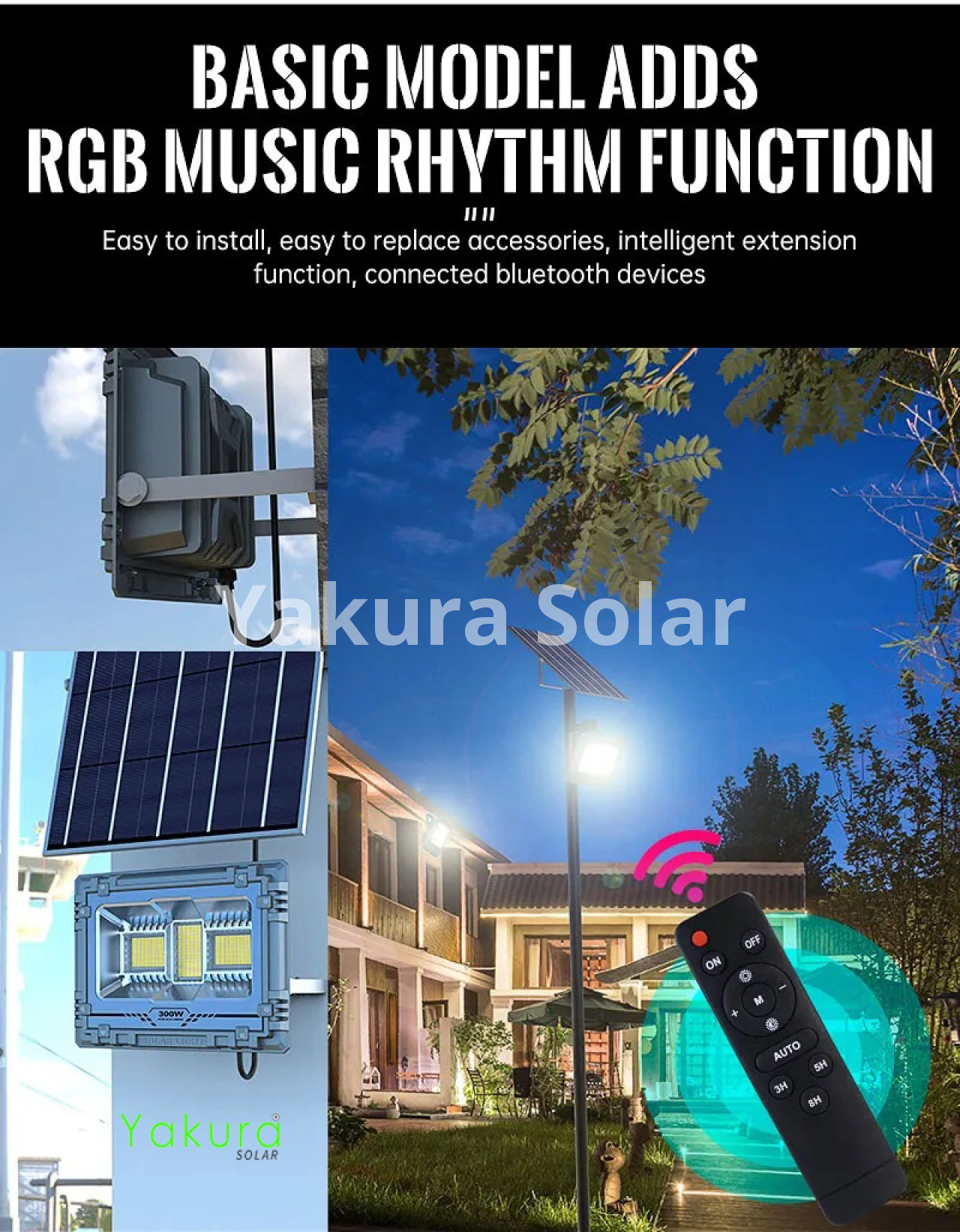60W Solar Flood Light in Pollachi

60W Solar Flood Light
- Solar Power Generation: Solar power generation refers to the amount of electricity produced by solar panels or photovoltaic (PV) systems. It depends on several factors, including the size and efficiency of the solar panels, the amount of sunlight available, and any shading or obstructions that may affect the panels' performance. The solar power generation is typically measured in watts (W), kilowatts (kW), or megawatts (MW), representing the amount of power produced at a given moment.
-
Solar Power Consumption: Solar power consumption refers to the amount of solar-generated electricity that is consumed or used by a specific entity or system. This could be a residential household, a commercial building, or an industrial facility. Solar power consumption is measured in kilowatt-hours (kWh) or megawatt-hours (MWh) and represents the total energy consumed over a period of time.
The difference between solar power generation and consumption can vary depending on several factors, including the energy demands of the entity, the efficiency of the solar system, and any surplus or deficit of solar power.
If the solar power generation exceeds the consumption, the excess energy can be stored in batteries or fed back into the grid through net metering or feed-in tariffs, allowing the entity to earn credits or financial benefits. On the other hand, if the solar power consumption exceeds the generation, the deficit can be supplemented by drawing electricity from the grid or using alternative energy sources.

It's important to note that the goal of solar power systems is often to achieve a balance between generation and consumption, maximizing self-consumption and reducing reliance on the grid. This can be achieved through proper system sizing, energy efficiency measures, and storage solutions to optimize solar power utilization.




